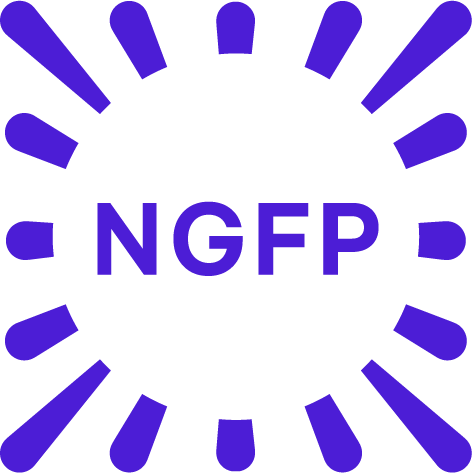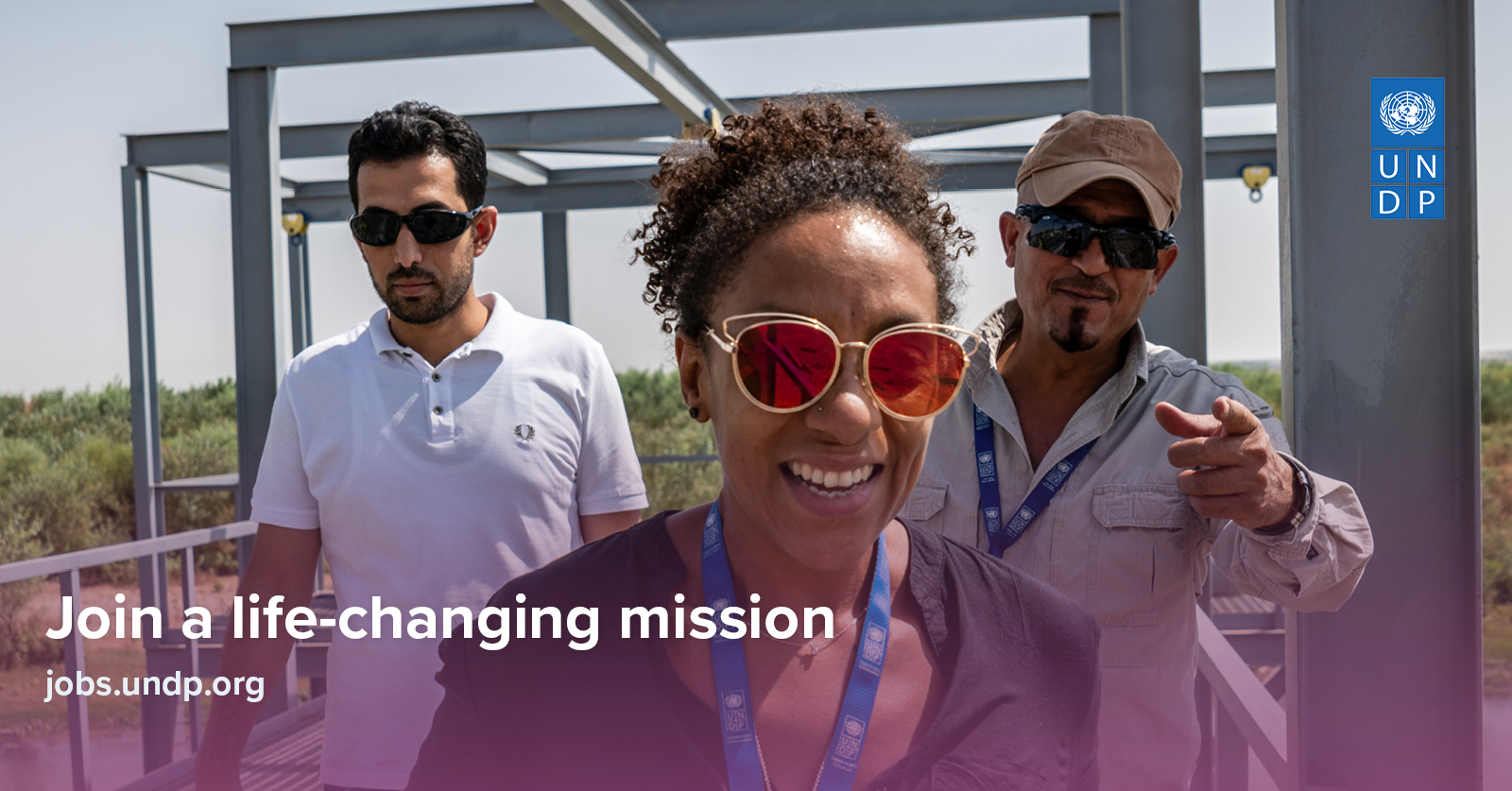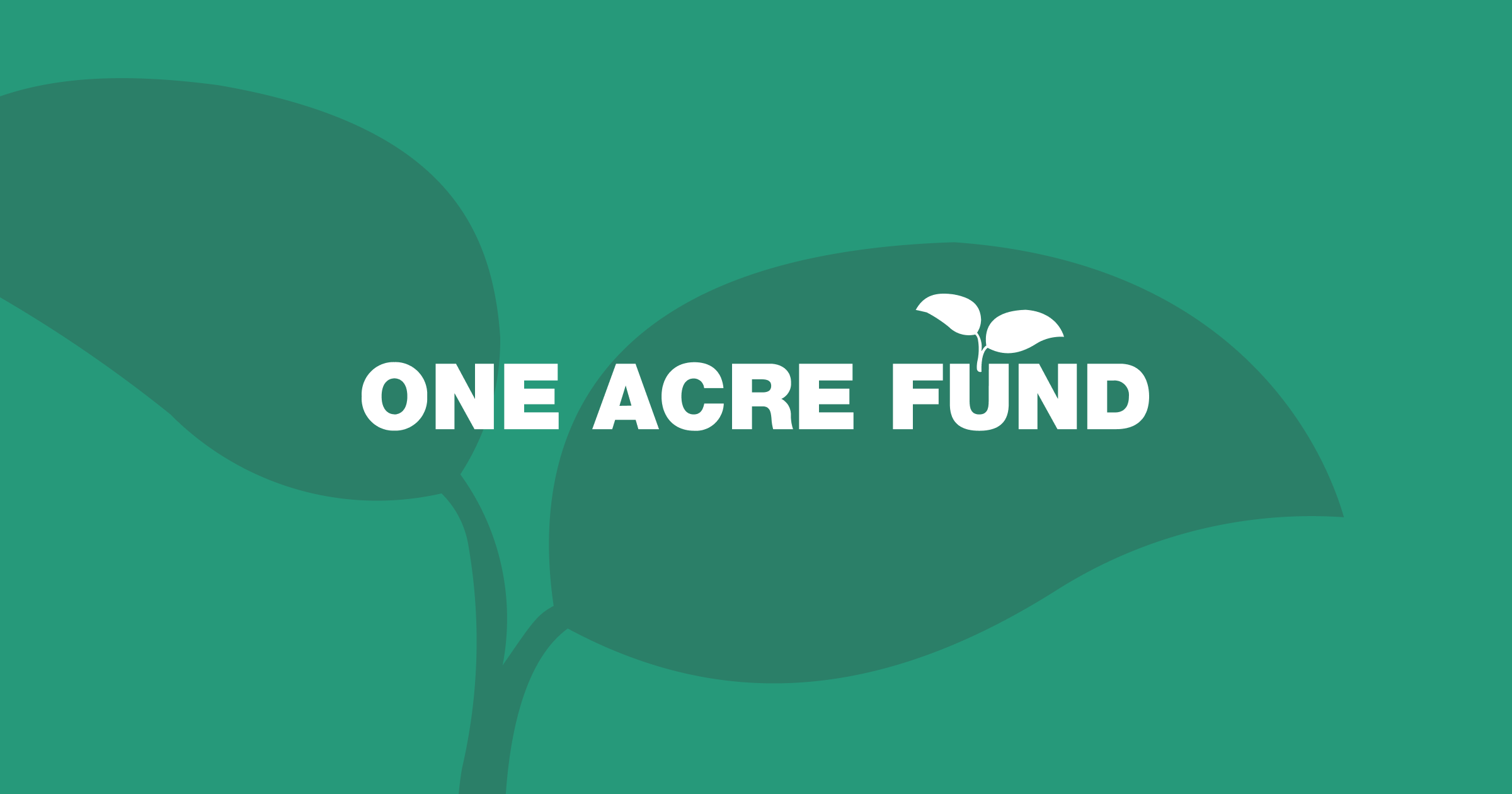Join 400,000+ executives and professionals who trust The AI Report for daily, practical AI updates.
Built for business—not engineers—this newsletter delivers expert prompts, real-world use cases, and decision-ready insights.
No hype. No jargon. Just results.
As we stand in mid-2025, artificial intelligence has firmly established itself in workplaces worldwide, actively reshaping how work is performed, distributed, and valued. The rapid evolution of AI technologies presents both unprecedented opportunities and profound challenges for workers, organizations, and society at large.
The Current Landscape
The adoption of AI in workplaces has accelerated dramatically over the past few years. According to recent McKinsey research, while 92% of companies are increasing their AI investments, only 1% consider themselves "mature" in AI deployment with full integration into workflows and substantial business outcomes. We're witnessing the early stages of what many experts compare to the 19th-century Industrial Revolution in terms of transformative potential.
The World Economic Forum and other leading organizations have documented how AI is creating a fundamental shift in how work is performed. By 2030, an estimated 70% of the skills used in most jobs will change. Tasks are increasingly being divided between humans, machines, and hybrid approaches, with AI handling routine processes while humans focus on creative, strategic, and interpersonal dimensions of work.

Pros of AI in the Workplace
Increased Efficiency and Productivity
AI can process data much faster than humans, allowing more work to be done in less time. McKinsey research sizes the long-term AI opportunity at $4.4 trillion in added productivity growth potential from corporate use cases.
Improved Accuracy
Machines are not subject to the same errors and biases that humans are, enabling more accurate predictions and decisions. This is particularly beneficial in industries where precision is critical.
Cost Savings
By automating certain tasks, businesses can reduce their reliance on human labor for routine processes. Additionally, AI can help streamline workflows and reduce waste, resulting in cost savings across operations.
Job Creation
According to the World Economic Forum's Future of Jobs Report 2025, while technology will displace 9 million jobs over the next five years, it will simultaneously create 19 million new ones. The fastest-growing skills include AI-driven data analysis, networking and cybersecurity, and technological literacy.
Enhanced Workplace Safety and Quality
The OECD notes that AI can bring many benefits to the workplace, including improved job quality and stronger occupational safety and health.
Cons of AI in the Workplace
Job Displacement
While new jobs will be created, many existing roles will be automated or fundamentally changed. This transition may leave many workers behind if not properly managed.
Widening Digital Divide
The UN and ILO report "Mind the AI Divide" highlights how disparities in access to digital infrastructure, advanced technology, and quality education are deepening existing inequalities. Less developed countries risk being left behind as the global economy shifts toward AI-driven production and innovation.
Skills Gap and Retraining Challenges
The rapid pace of change means workers must continuously update their skills. By 2030, 70% of the skills used in most jobs will change, creating significant retraining challenges for both individuals and organizations.
Ethical Concerns
Issues around privacy, surveillance, algorithmic bias, and the concentration of power in the hands of technology owners remain significant concerns as AI becomes more embedded in workplace systems.

Two Diverging Futures
The path forward for AI and work appears to be at a critical junction, with two distinct possible futures emerging:
The Automation-Dominated Path
Without intentional intervention, we risk heading toward an automation-dominated future where AI primarily serves to replace human labor rather than complement it. This approach:
Prioritizes cost-cutting and efficiency over human well-being
Concentrates economic benefits among technology owners
Intensifies worker monitoring and surveillance
Potentially eliminates jobs without creating sufficient new opportunities
The Human-Complementary Path
Alternatively, AI could be developed to enhance human capabilities and create more meaningful work. This approach:
Provides workers with better context-specific information for decision-making
Enables workers to tackle more complex, rewarding tasks
Distributes productivity gains more equitably
Creates new categories of work that leverage uniquely human capabilities
As noted by Stanford's Digital Economy Lab, AI and other digital technologies have the potential to radically transform work, including the displacement of workers, the creation of new types of organizations, and changes in productivity and performance.
Key Organizations Leading the Conversation
Several organizations are at the forefront of researching and shaping the future of work in the age of AI:
World Economic Forum: Producing the influential Future of Jobs Report that tracks how technology is reshaping labor markets globally.
International Labour Organization (ILO): Working with the UN to address issues of global equity and fairness in AI adoption through initiatives like the Global Coalition for Social Justice.
Organization for Economic Co-operation and Development (OECD): Developing frameworks for responsible AI use in workplaces through their AI Policy Observatory.
Stanford Digital Economy Lab: Researching how AI and other digital technologies are impacting work, including displacement, new organizational forms, and changes in productivity through their Future of Work initiative.
McKinsey & Company: Tracking AI adoption and maturity across industries and providing insights on implementation strategies through their AI research hub.
Resources for Further Exploration
Reports and Research
Podcasts
WorkLife with Adam Grant - Features episodes on AI's impact on work and organizational psychology
Exponential View with Azeem Azhar - Explores the exponential impact of technologies including AI
The Future of Work with Jacob Morgan - Interviews with leaders about workplace transformation
In Machines We Trust by MIT Technology Review - Examines how AI is changing our lives and work
Online Learning
Communities and Networks
The future of work in an AI-powered world is not predetermined. It will be shaped by the choices we make today about how to develop, deploy, and govern these powerful technologies.
What are your thoughts on AI for Good? Hit reply to share your thoughts or favorite resources or fill the super quick survey below.
Got tips, news, or feedback? Drop us a line at [email protected] or simply respond to this message or take 15 seconds to fill out the survey below. Your input makes this newsletter better every week.
Share your feedback on the AI for Impact Newsletter
AI for Impact Opportunities
Learn AI in 5 minutes a day
What’s the secret to staying ahead of the curve in the world of AI? Information. Luckily, you can join 1,000,000+ early adopters reading The Rundown AI — the free newsletter that makes you smarter on AI with just a 5-minute read per day.

Sponsored
Supercool
Discover climate solutions that cut emissions, grow profits, and enhance everday life.

Sponsored
Remote Source
The leading source of remote jobs and weekly news for 50,000+ remote workers. Plus: home office gadgets, digital nomad tips, career advice, and more. Work Remote, Live Free!
🎨 Imagine a tool that designs stunning content in minutes!
Check out Gamma App (sponsored post)
The PCDN Team uses Gamma.app almost every day for our workshops, trainings, client work and all things impact.

We've tried dozens of tools, and Gamma is the best! 👨💻 The process:
1️⃣ Provide prompts
2️⃣ Gamma creates a draft
3️⃣ Tweak or edit using powerful tools and of course human input
Say goodbye to long hours designing!
Try Gamma for free with 400 credits, or subscribe at affordable prices.
💸If you sign up with our link, PCDN will receive a small % of revenue to support our impactful work.
News & Resources
😄 Joke of the Day
Why did the AI apply for a job in HR?
It already had experience with deep learning and people analytics!
🤖 AI Fact of the Day
AI models can now outperform radiologists in detecting certain cancers on medical scans — but human oversight is still crucial to catch rare edge cases and avoid biased diagnoses.
🌍 News
💸 $6.6 Trillion AI Opportunity
Karin Kimbrough, LinkedIn’s Chief Economist, highlights how AI is reshaping the global economy — but warns that inclusive access to skills and opportunity is key to avoiding inequality.
🔗 Read on LinkedIn🗺️ Mapping the AI for Good Landscape
Data.org unveils a new initiative to map global efforts in AI for good — highlighting trends, case studies, and an evolving ecosystem.
🔗 Explore the report🧠 AI Companions & Teen Safety
As AI "friend" apps gain popularity among teens, experts raise alarms about mental health risks and the importance of ethical guardrails.
🔗 Read the story on Mashable🧑⚖️ Instagram AI Chatbots Pose as Licensed Therapists
An investigation reveals Meta’s AI chatbots on Instagram claiming to be therapists — without any real credentials. A stark reminder of why regulation and transparency matter in AI.
🔗 Full article from 404 Media
💼 Organization to Watch
Anthropic
A leading AI research company focused on safety and interpretability. They're hiring across roles in research, engineering, and policy — all aimed at building trustworthy AI.
🔗 Explore jobs at Anthropic
🔗 LinkedIn Connection
Victoire Rio – Digital Harms Expert | Executive Director at WHAT TO FIX
🔗 Connect on LinkedIn















